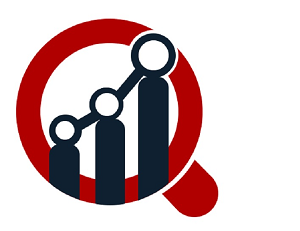Returnable Packaging Market: Potential Growth, Demand And Analysis of Key Players- Research Forecasts

In today’s environmentally conscious world, businesses are under increasing pressure to reduce waste, lower carbon footprints, and adopt more sustainable operations. One solution gaining significant traction across industries is returnable packaging — a system where packaging materials are reused multiple times rather than discarded after a single use. This approach not only supports environmental goals but also offers substantial economic and logistical benefits.
Environmental Benefits
One of the most compelling reasons for adopting returnable packaging is its positive impact on the environment. By reducing reliance on disposable materials such as cardboard, plastic film, and wooden pallets, companies can significantly cut down on waste generation. This, in turn, minimizes landfill accumulation and decreases the demand for raw material production. Additionally, reusing packaging lowers greenhouse gas emissions associated with manufacturing and waste processing. As sustainability regulations and consumer expectations tighten, returnable packaging presents a practical pathway to achieving corporate environmental goals.
Economic and Operational Advantages
Beyond sustainability, returnable packaging offers clear financial and operational advantages. Although the initial investment in durable packaging systems can be higher than single-use alternatives, the long-term cost savings are substantial. Reusable containers reduce the need for continuous repurchasing, lower waste disposal costs, and minimize product damage during transportation due to their robust design. They also improve supply chain efficiency through standardized packaging dimensions, easier stacking, and better space utilization in transport and storage.
Challenges and Future Outlook
Despite its benefits, the adoption of returnable packaging faces certain challenges. Effective management systems are required to track, clean, and return containers efficiently. Companies must also coordinate closely with logistics partners to ensure closed-loop operations. However, with the rise of digital tracking technologies such as RFID and IoT sensors, managing reusable assets has become more streamlined and data-driven.
As sustainability becomes central to global business strategy, returnable packaging is emerging as a cornerstone of circular economy practices. By combining environmental responsibility with long-term cost efficiency, it represents a forward-thinking approach to modern logistics — one that aligns profit with planet.
- Art
- Causes
- Crafts
- Dance
- Drinks
- Film
- Fitness
- Food
- Jeux
- Gardening
- Health
- Domicile
- Literature
- Music
- Networking
- Autre
- Party
- Religion
- Shopping
- Sports
- Theater
- Wellness


